High-Gain Waveguide-Fed Circularly Polarized Spidron Fractal Aperture Antenna
Abstract
:1. Introduction
2. Antenna Design
2.1. Design of the Rectangular Waveguide-Fed CP Spidron Fractal Aperture Antenna
2.2. Design of the High-Gain Rectangular Waveguide-Fed CP Spidron Fractal Aperture Antenna
3. Experimental Results and Discussion
4. Conclusions
Author Contributions
Funding
Conflicts of Interest
References
- Gupta, S.; Chakrabarty, A.; Das, B.N. Admittance of waveguide fed slot radiators. In Proceedings of the Digest on Antennas and Propagation Society International Symposium, San Jose, CA, USA, 26–30 June 1989; pp. 968–971. [Google Scholar]
- Werner, D.H.; Ganguly, S. An overview of fractal antenna engineering research. IEEE Antennas Propag. Mag. 2003, 45, 38–57. [Google Scholar] [CrossRef]
- Kubacki, R.; Czyzewski, M.; Laskowski, D. Minkowski island and crossbar fractal microstrip antennas for broadband applications. Appl. Sci. 2018, 8, 334. [Google Scholar] [CrossRef]
- Ghosh, B.; Sinha, S.N.; Kartikeyan, M.V. Radiation from rectangular waveguide-feed fractal apertures. IEEE Trans. Antennas Propag. 2010, 58, 2088–2093. [Google Scholar] [CrossRef]
- Fukusako, T. Broadband characterization of circularly polarized waveguide antennas using L-shaped probe. J. Electromagn. Eng. Sci. 2017, 17, 1–8. [Google Scholar] [CrossRef]
- Nelaturi, S.; Sarma, N.V.S.N. A compact microstrip patch antenna based on metamaterials for Wi-Fi and WiMAX applications. J. Electromagn. Eng. Sci. 2018, 18, 182–187. [Google Scholar] [CrossRef]
- Kweon, J.-H.; Park, M.-S.; Cho, J.; Jung, K.-Y. FDTD analysis of electromagnetic wave propagation in an inhomogeneous ionosphere under arbitrary-direction geomagnetic field. J. Electromagn. Eng. Sci. 2018, 18, 212–214. [Google Scholar] [CrossRef]
- Trinh-Van, S.; Yang, Y.; Lee, K.-Y.; Hwang, K.C. Broadband circularly polarized slot antenna loaded by a multiple-circular-sector patch. Sensors 2018, 18, 1576. [Google Scholar] [CrossRef] [PubMed]
- Hur, J.; Byun, G.; Choo, H. Design of small CRPA arrays with circular microstrip loops for electromagnetically coupled feed. J. Electromagn. Eng. Sci. 2018, 18, 129–135. [Google Scholar] [CrossRef]
- Asaadi, M.; Sebak, A. Gain and bandwidth enhancement of 2 × 2 square dense dielectric patch antenna array using a holey superstrate. IEEE Antennas Wirel. Propag. Lett. 2017, 16, 1808–1811. [Google Scholar] [CrossRef]
- Chandra, A.; Das, S. Superstrate and CSRR loaded circularly polarized dual-band open-ended wavguide antenna with improved radiation characteristics and polarization reconfiguration property. IEEE Trans. Antennas Propag. 2017, 65, 5559–5564. [Google Scholar] [CrossRef]
- Al-Tarifi, M.A.; Anagnostou, D.E.; Amert, A.K.; Whites, K.W. Bandwidth enhancement of the resonant cavity antenna by using two dielectric superstrates. IEEE Trans. Antennas Propag. 2013, 61, 1898–1908. [Google Scholar] [CrossRef]
- Hwang, K.C. Broadband circularly-polarised Spidron fractal slot antenna. Electron. Lett. 2009, 45, 3–4. [Google Scholar] [CrossRef]
- Nguyen Thi, T.; Hwang, K.C.; Kim, H.B. Dual-band circularly-polarised Spidron fractal microstrip patch antenna for Ku-band satellite communication applications. Electron. Lett. 2013, 49, 444–445. [Google Scholar] [CrossRef]
- Altaf, A.; Yang, Y.; Lee, K.-Y.; Hwang, K.C. Circularly polarized Spidron fractal dielectric resonator antenna. IEEE Antennas Wirel. Propag. Lett. 2015, 14, 1806–1809. [Google Scholar] [CrossRef]
- Trentini, G.V. Partially reflecting sheet arrays. IRE Trans. Antennas Propag. 1956, 4, 666–671. [Google Scholar] [CrossRef]
- Chen, Q.; Chen, X.; Xu, K. 3-D printed Fabry-Perot resonator antenna with paraboloid-shape superstrate for wide gain bandwidth. Appl. Sci. 2017, 7, 1134. [Google Scholar] [CrossRef]
- Hashmi, R.M.; Zeb, B.A.; Esselle, K.P. Wideband high-gain EBG resonator antennas with small footprints and all-dielectric superstructures. IEEE Trans. Antennas Propag. 2014, 62, 2970–2977. [Google Scholar] [CrossRef]


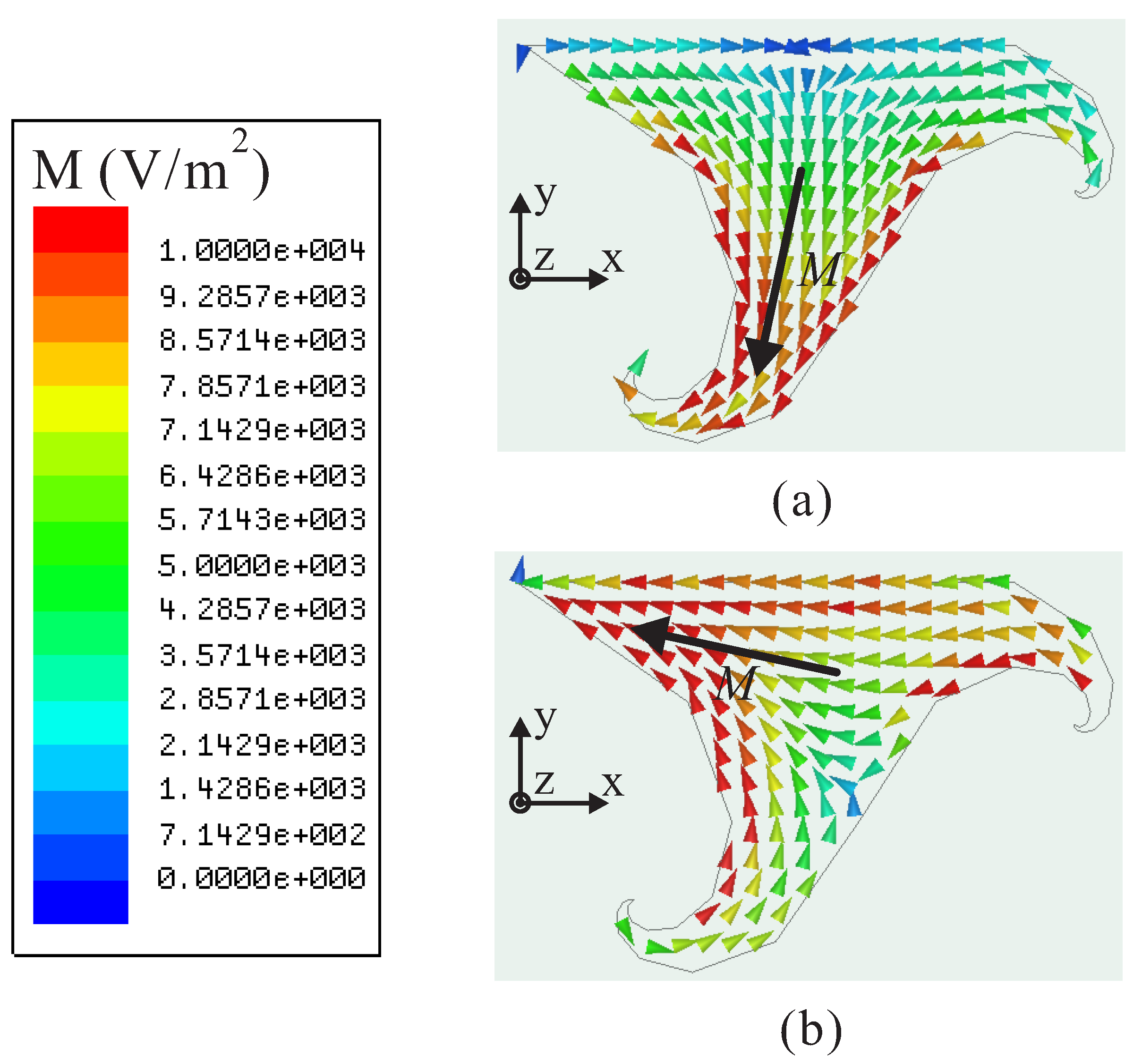
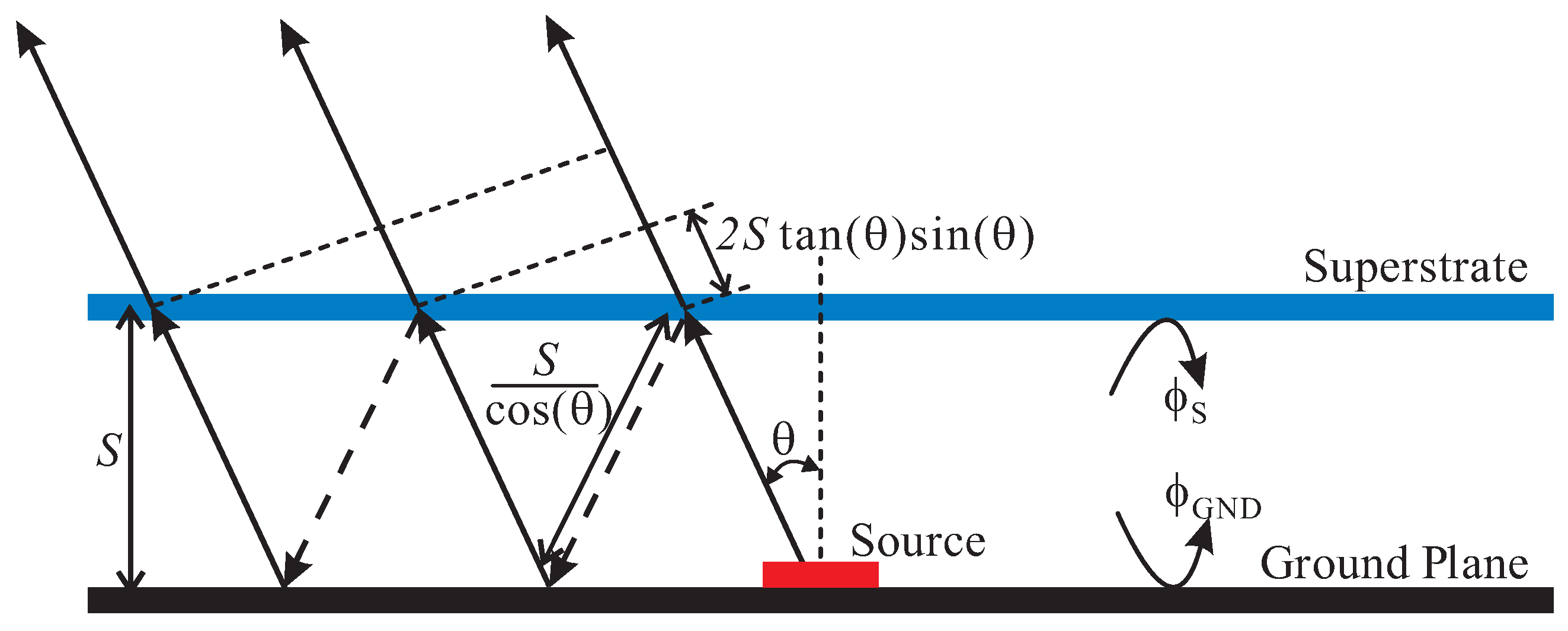
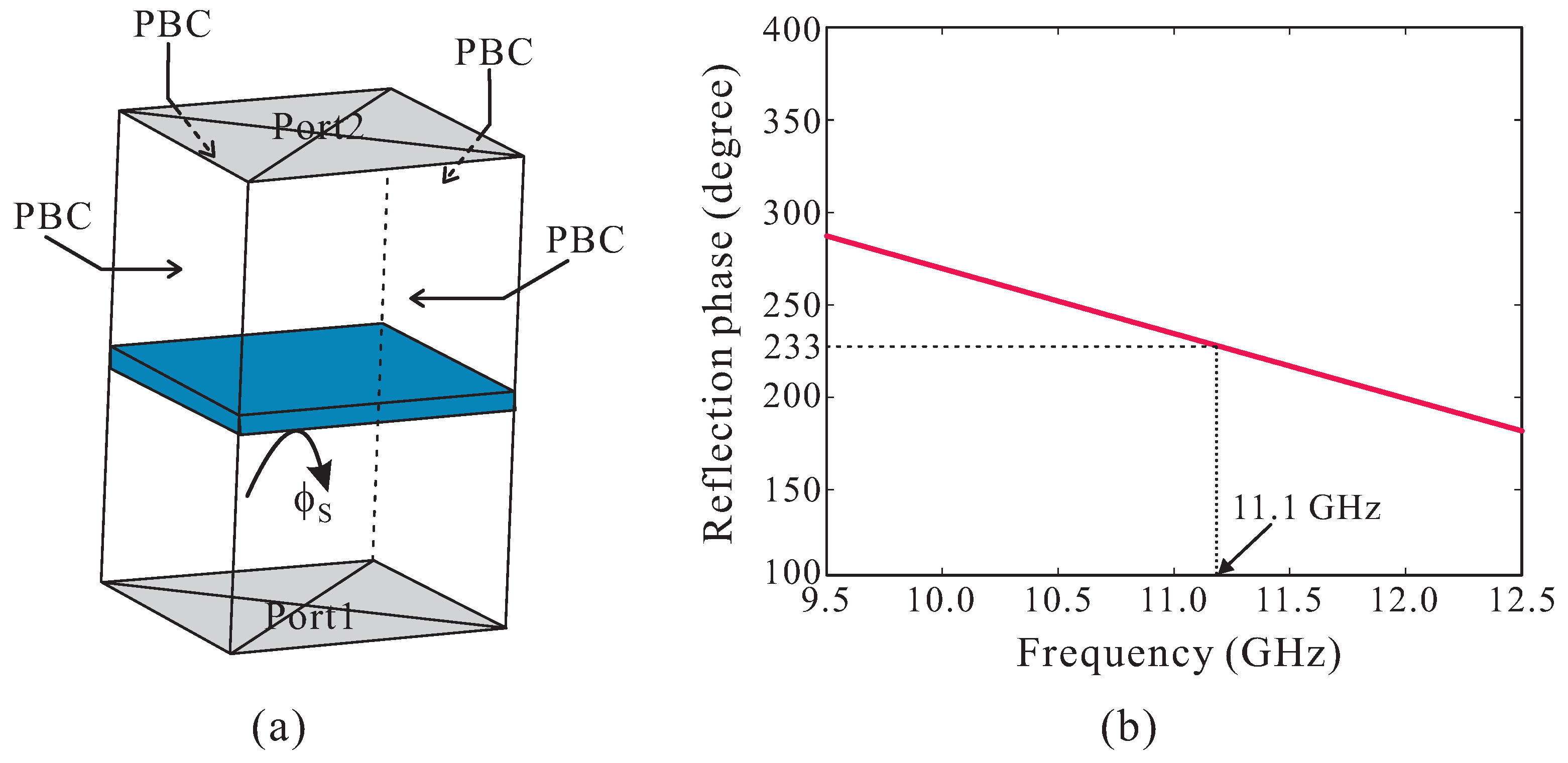

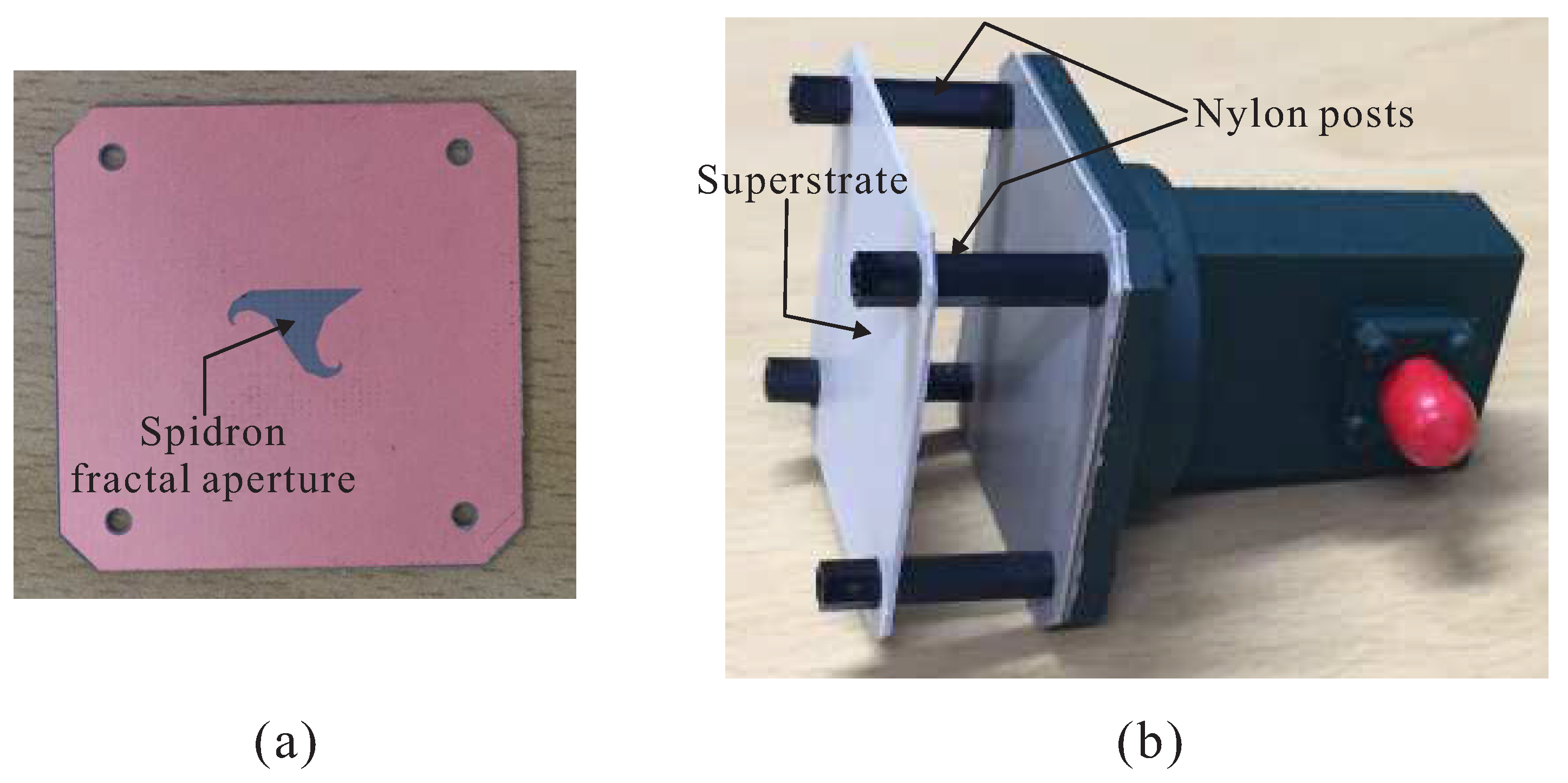

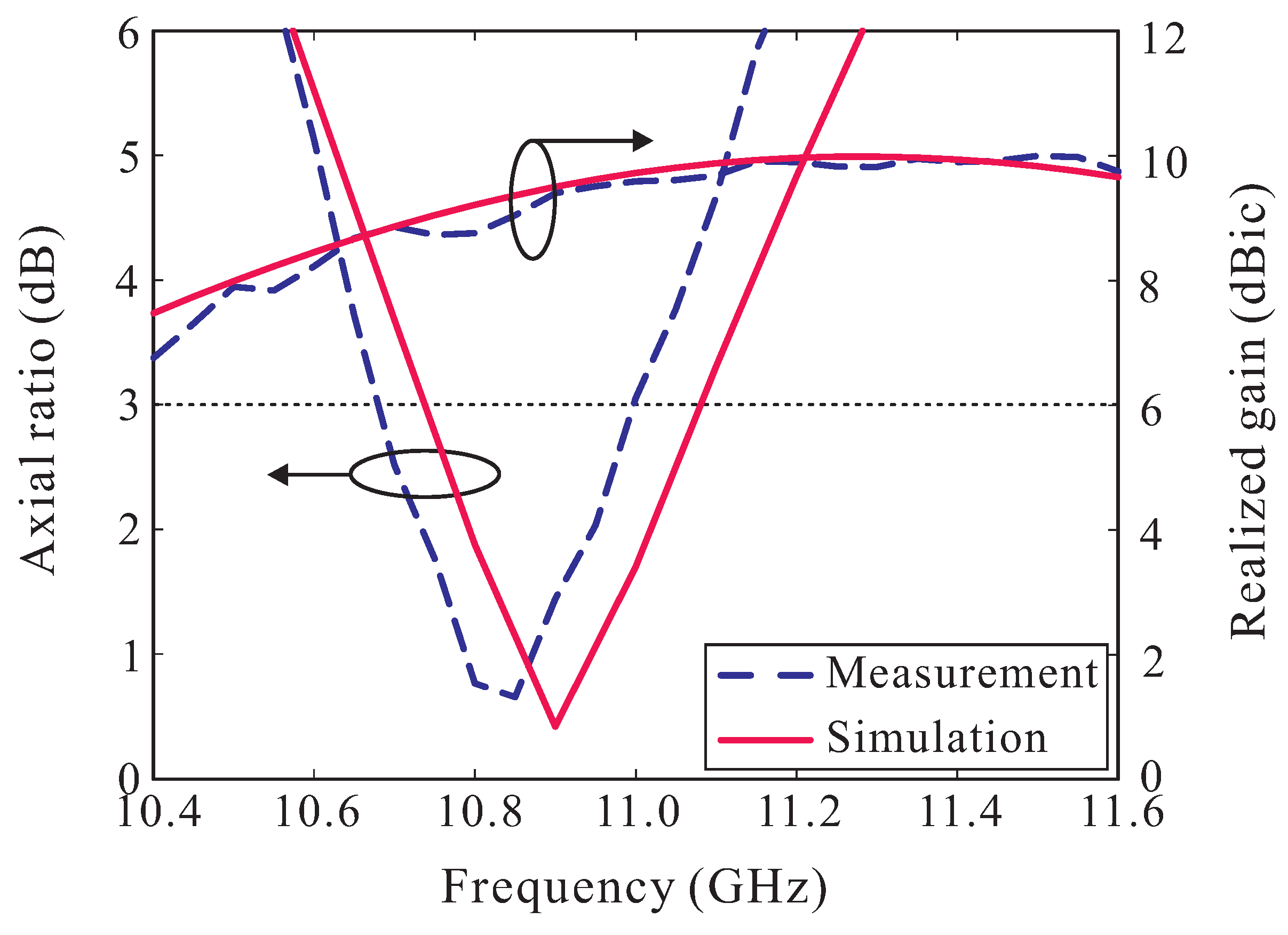
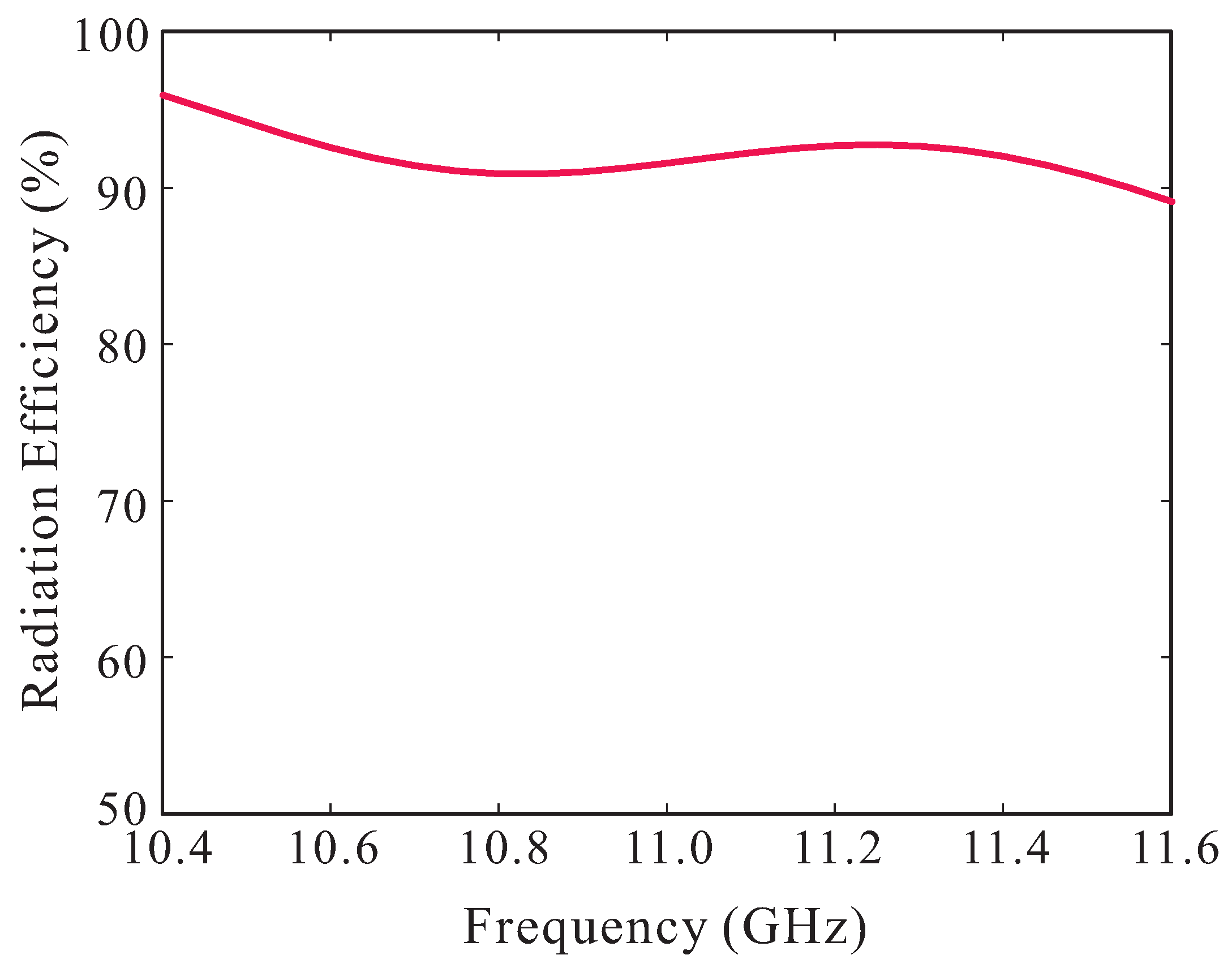
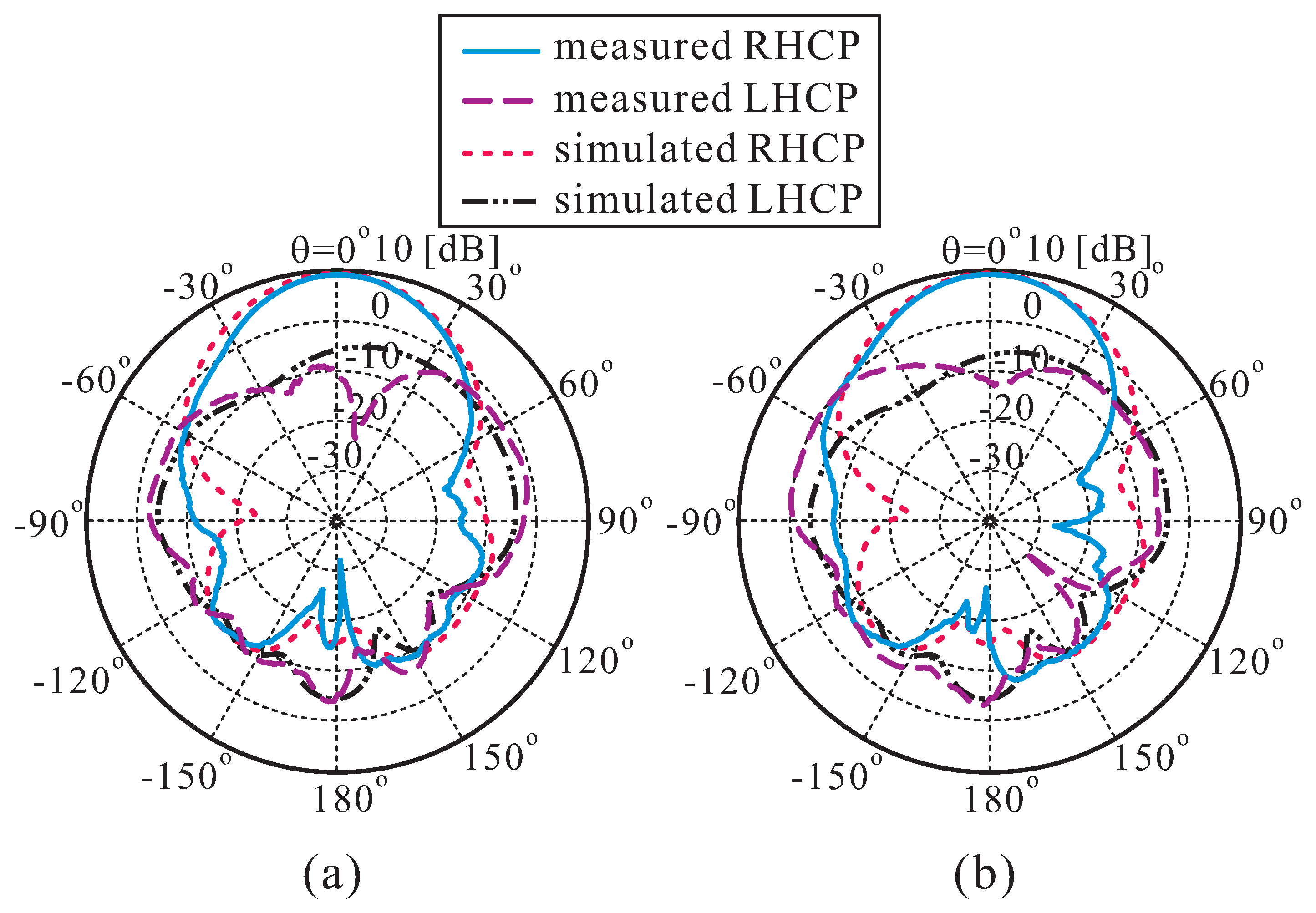

| Parameter | Value | Parameter | Value |
|---|---|---|---|
| 0.51 mm | 6.79 mm | ||
| 0.64 mm | 4.226 mm | ||
| S | 15.5 mm | 34.94 | |
| h | 7.0 mm | 32.96 |
| Related Papers | Type of Aperture | −10 dB Reflection Bandwidth | Polarization State/3 dB AR Bandwidth | Peak Gain |
|---|---|---|---|---|
| [4] | Hilbert curve aperture | 5.7% | LP | 5 dBi |
| Plus-shaped fractal aperture | 12.5% | LP | 5 dBi | |
| [11] | Double complementary split-ring resonator | 1st band (3.5%) | CP/3.03% | 5.92 dBi |
| 2nd band (7.7%) | CP/6.44% | 8.68 dBi | ||
| This work | Spidron fractal aperture | 15.74% | CP/2.95% | 9.59 dBi |
© 2019 by the authors. Licensee MDPI, Basel, Switzerland. This article is an open access article distributed under the terms and conditions of the Creative Commons Attribution (CC BY) license (http://creativecommons.org/licenses/by/4.0/).
Share and Cite
Trinh-Van, S.; Thi, T.N.; Yang, Y.; Lee, K.-Y.; Jung, K.-Y.; Hwang, K.C. High-Gain Waveguide-Fed Circularly Polarized Spidron Fractal Aperture Antenna. Appl. Sci. 2019, 9, 691. https://doi.org/10.3390/app9040691
Trinh-Van S, Thi TN, Yang Y, Lee K-Y, Jung K-Y, Hwang KC. High-Gain Waveguide-Fed Circularly Polarized Spidron Fractal Aperture Antenna. Applied Sciences. 2019; 9(4):691. https://doi.org/10.3390/app9040691
Chicago/Turabian StyleTrinh-Van, Son, Thuy Nguyen Thi, Youngoo Yang, Kang-Yoon Lee, Kyung-Young Jung, and Keum Cheol Hwang. 2019. "High-Gain Waveguide-Fed Circularly Polarized Spidron Fractal Aperture Antenna" Applied Sciences 9, no. 4: 691. https://doi.org/10.3390/app9040691
APA StyleTrinh-Van, S., Thi, T. N., Yang, Y., Lee, K.-Y., Jung, K.-Y., & Hwang, K. C. (2019). High-Gain Waveguide-Fed Circularly Polarized Spidron Fractal Aperture Antenna. Applied Sciences, 9(4), 691. https://doi.org/10.3390/app9040691






